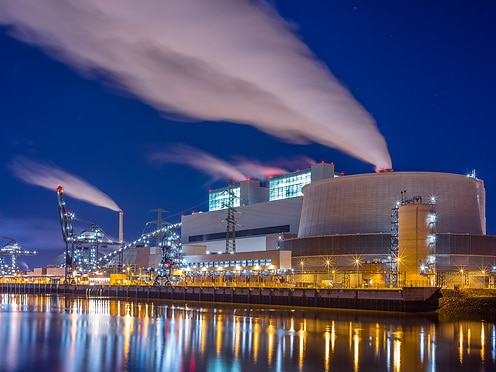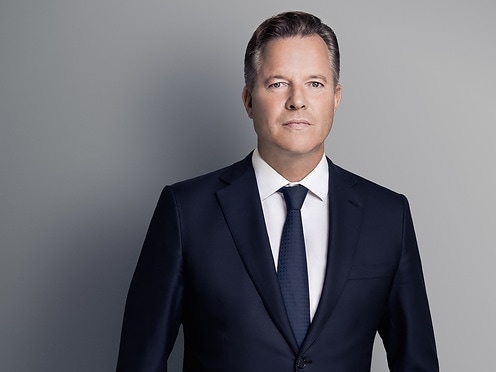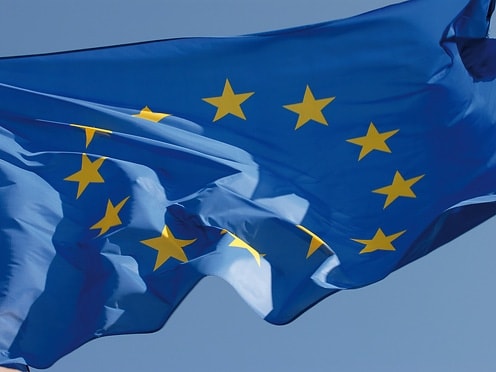A European solution to the water crisis – now!
A holistic water strategy and its consistent implementation in the form of a Blue Deal would not only better prepare Europe for increasing water shortage. It would also create the positive narrative that Europe so urgently needs right now. An essay.
Oliver Hermes is President & CEO of the Wilo Group, Chairman of the Board of Trustees of the Wilo-Foundation, member of the Board of Trustees of the Family Business Foundation, member of the Board of Trustees of the German Sustainability Award (DNP), member of the Executive Committee of the Near and Middle East Association (NUMOV), and member of the Management Board of the German-African Business Association (Afrika-Verein) as well as the Sub-Saharan Africa Initiative of German Business (SAFRI). He is an essayist with articles published in independent media. The opinions expressed are those of the author only.

With the European elections of 2024, a wave of nationalism, protectionism, and populism has swept into Strasbourg and Brussels from the EU member states – and with it, even Euro scepticism and even hostility towards Europe. Over the next five years, the EU Commission faces the major challenge of countering the right-wing critics in Parliament. This is the only way the EU can stop its own disintegration and save Europe as a community of values and economic area in the long term.
On the other hand, this also represents a great opportunity. The EU could use the crisis to reform itself and create a new, positive narrative. So is Europe’s hour now?
"The development of a European water strategy and its consistent implementation through a Blue Deal is therefore part of the response that the EU seeks after the election in early June."
It is undisputed that this is most likely to succeed in the area of critical infrastructures. By taking on more responsibility here, the EU gains sovereignty and thus importance in the lives of Europeans. However, the discussion so far has fallen short. We must no longer understand critical infrastructure to only include the undoubtedly significant sectors of defence, health, and energy. We must finally consider the water sector as well. The following applies: no life without water. And without efforts in the area of water infrastructure, there can be no European sovereignty.
Water shortage has long been a European issue
The development of a European water strategy and its consistent implementation through a Blue Deal is therefore part of the response that the EU seeks after the election in early June. This presents an opportunity for a joint ambitious grand project that concerns the nucleus of the European idea: the solidarity among European countries. Between the rich and the poor. Between the big and the small. But above all, between the water-rich and the water-poor.
The demands for collective European efforts in the area of water and for a Blue Deal, conceptually inspired by the European Green Deal, are not new. In September 2023, EU Commission President Ursula von der Leyen announced a water resilience initiative. However, at the beginning of the year, the Commission removed the topic from its agenda. As a result, numerous associations and institutions, such as the European Water Association (EWA), urged the Commission in an open letter to urgently resume work on the initiative and give it top priority.
Von der Leyen took her time to publicly respond to this appeal. In mid-July, she presented a 31-page political vision for the next five years, as she sought re-election as the most powerful woman in the EU. In just a few paragraphs, she outlined her response to the megatrend of water shortage. “We need a new European water resilience strategy”, von der Leyen promised. What does the concrete form of this strategy look like? What are the next steps? Unclear. Shortly before its publication, numerous EU environment ministers also addressed the Commission in a joint letter, urging for water to be given greater political priority.
That the pressure on the EU is increasing significantly should come as no surprise. Water shortage has long been a European issue. This is shown by the images of large-scale forest fires that reach us at regular intervals from southern Europe. Last year alone, 91,000 hectares of land were burnt in Spain. Catalonia has been suffering from acute water shortages for three years. The Intergovernmental Panel on Climate Change predicts that a total of 44 million Europeans will be affected by this in 2070. Rivers in central and southern Europe could be carrying up to 80 per cent less water by then.
A look at the Water Risk Atlas by the World Resources Institute is equally alarming. A large part of Southern Europe is already marked in fiery red. In the coming decades, the water risk will spread from the south to the north, primarily due to water shortage. This was recently emphasised by the European Environment Agency. Their climate risk assessment identifies 36 major risks, with water shortage standing out in particular.
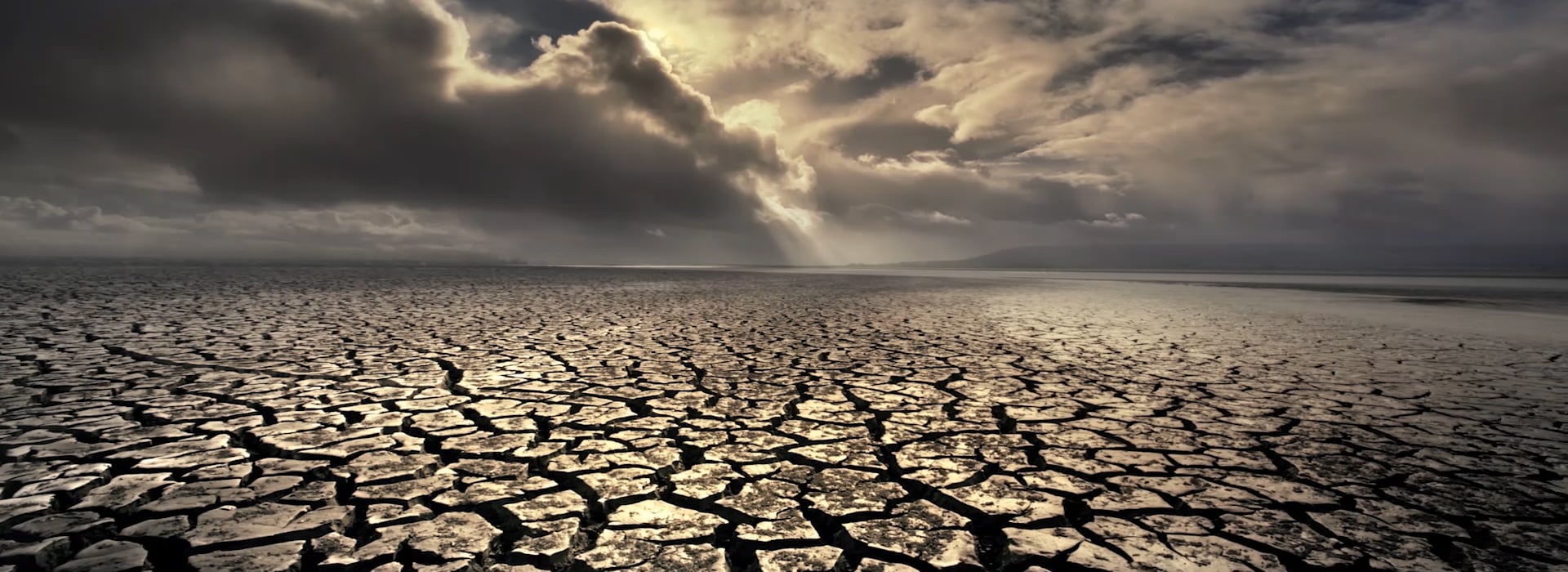
Europe must take a considered, united and ambitious approach
In short, the facts are on the table – a European response to water shortage is urgent! The question remains when political decision-makers will recognise the urgency of the problem and, more importantly, how to design a European solution for the water issue.
One thing is certain: the plan must be based on a strategy that deserves this designation. The water crisis must be tackled with long-term concepts – hasty actions and activism are inappropriate. Therefore, it is crucial to understand the European water strategy as part of a comprehensive sustainability strategy that all functional political strategies of the EU must adhere to.
It is also clear that the responsibility for the development and implementation of the strategy and the Blue Deal must lie at the European level – this is actually a prerequisite! The entire process would be doomed to failure if it were to end in petty nationalism. The municipalities should therefore not be given sole responsibility. And even the nation states must relinquish a part of their decision-making power in favour of the European community in this case.
Existing strategy initiatives already demonstrate that the EU cannot afford to take too much time in the development process. The Federal Republic of Germany has already adopted a national water strategy. Even the German federal states of Berlin and Brandenburg have recently announced their intention to develop a joint water strategy. A network of national, regional, and even local water strategies threatens to emerge, making harmonisation increasingly complex over time. Not to mention that it will likely become more difficult to find majorities for a cooperative EU water solution once water shortage has spread to currently water-rich areas.
There should be no ban on thinking in light of the magnitude of the water crisis. The goal of the water strategy must be to harmonise the entire European water infrastructure by 2050. But it’s about more than that. We should even consider transporting water through long-distance pipelines from the water-rich north to the water-poor south of Europe. After all, only through this approach can a cooperative redistribution of water resources be achieved.
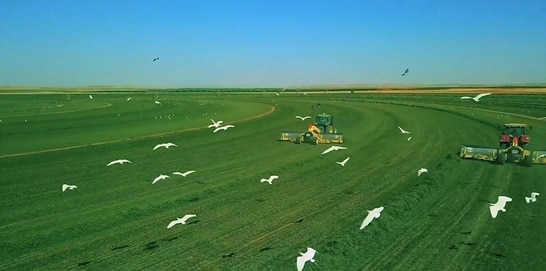
A visionary large-scale project in North Africa: the Toshka Project.
To recognise that this is technically feasible, one does not need to leave Europe. Currently, visionary large-scale projects in North Africa, such as the Toshka project in Egypt and the Sebou project in Morocco, demonstrate impressively how water distribution over long distances can be achieved. However, a fascinating water project has also emerged in Great Britain: as part of the Strategic Pipeline Alliance (SPA), hundreds of kilometres of pipelines are being constructed to transfer water from surplus areas to areas with deficits.
Scaling up this idea creates a European long-distance water network – and inevitably, a European water market. It is a long overdue reform, considering that we already think of electricity, gas, and telecommunications in a European context.
Of course, the ideas should not stop at water pipelines that span across the continent. The Blue Deal must be designed on a larger and more holistic scale. The modernisation of old, inefficient water infrastructure, the sponge city concept, the clever treatment and utilisation of sewage, including the incorporation of micropollutant removal, must be part of a contemporary and forward-looking response.
"Water shortage is an existential threat."
It is time for a historic project
Water is the most essential substance for life. Water shortage is therefore an existential threat. So, what projects could be better suited to unite Europe, put European solidarity into action, and prepare the continent for future water risks than a comprehensive European water strategy and the Blue Deal? In times of advancing water shortage, the European Union would play the role of a solidarity distributor of the most important and existential resource. A historic project would begin, which could serve as a blueprint for other regions of the world.
The ancient Romans demonstrated the efforts required to secure the vital resource of water. They designed, built, and operated aqueducts to transport water. Even today, we are fascinated by the robustness and sophistication of these structures. With a similar determination, Brussels must now embark on the task, thousands of years later, to make Europe more water-secure, united, and cooperative. And to put EU sceptics in their place.
Sources: European Water Association; European Commission; Euro News; Tagesschau; STERN; World Resources Institute; European Environment Agency; Ministry for the Environment, Nature Conservation, Nuclear Safety and Consumer Protection of the Federal Republic of Germany; Ministry of Agriculture, Environment and Climate Protection of the State of Brandenburg; own research






